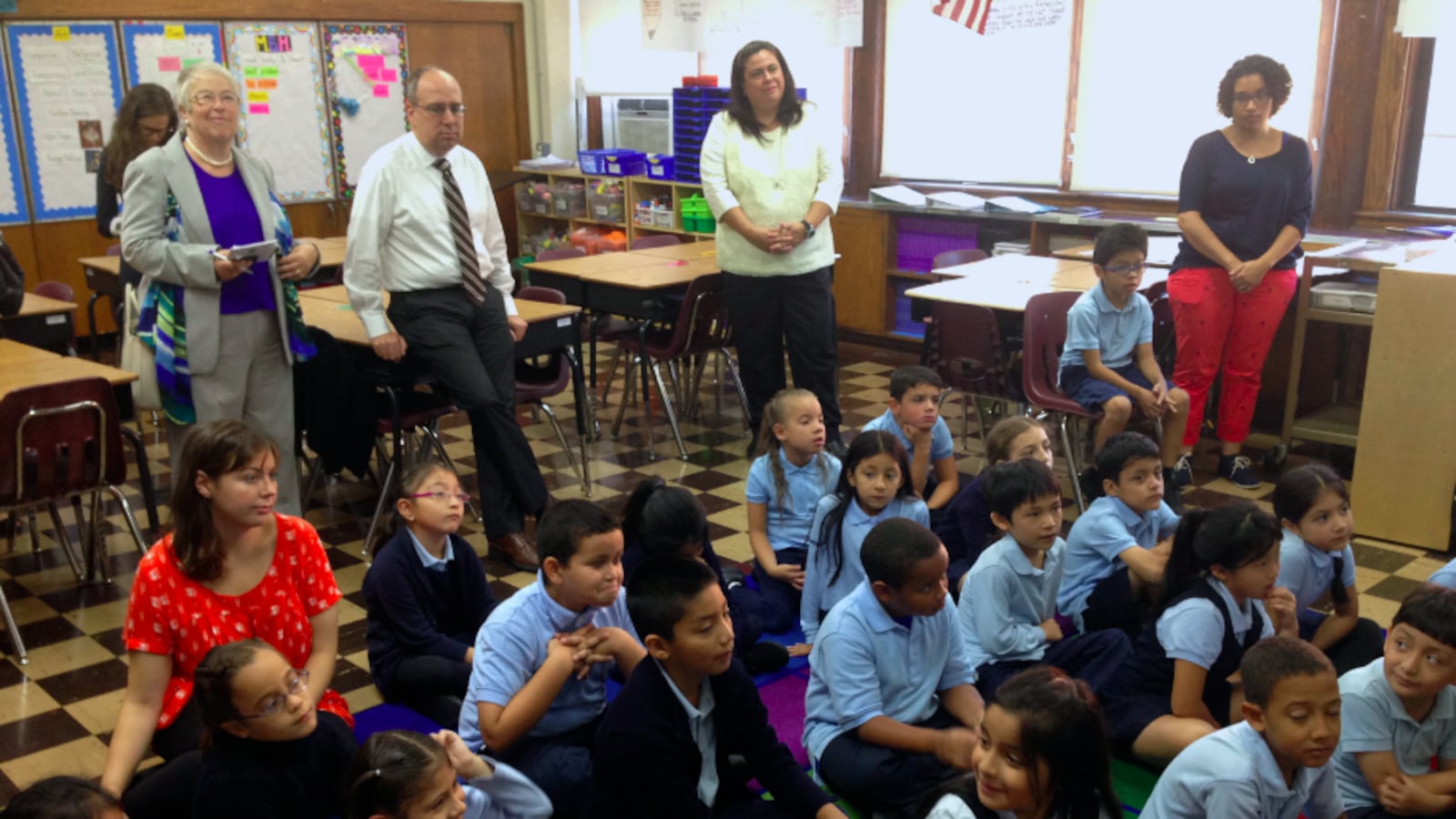A new report finds that New York City is failing to reduce class size, with over 800,000 students enrolled in schools where the average class size exceeds limits set by the city itself in 2007.
Those limits came in response to the 2003 ruling in Campaign for Fiscal Equity v. State, which identified reasonable class size as a component of a “sound basic education.” The subsequent 2007 law required New York City to set specific class size reduction targets by the 2011-2012 school year.
Class sizes failed to meet those targets and have only ballooned since then. The report by the Education Law Center reveals that in 2015-16, schools were even more crowded than they were before the targets were approved.
At the high school level, roughly half of schools have overcrowded classrooms, using the report’s definition, and the vast majority of students in all boroughs — but particularly Staten Island and Queens — are in those schools.
The shortcomings are even more pronounced among younger students. Citywide, roughly 95 percent of kindergarten through third grade students are in schools with overcrowded classrooms. The number of children in grades K-3 in classes of at least thirty has nearly doubled since 2011, the report found.
“Reducing class size is one of the simplest things we know how to do,” said Leonie Haimson, executive director of Class Size Matters. “Only a handful of reforms are known to narrow the achievement gap, and class size is one of them.”
Last fall, a United Federation of Teachers survey found that the number of overcrowded classrooms decreased by around 1,000. That survey used the upper limit in teacher contracts to measure overcrowding, a number that is higher than the target goals set by the city.

